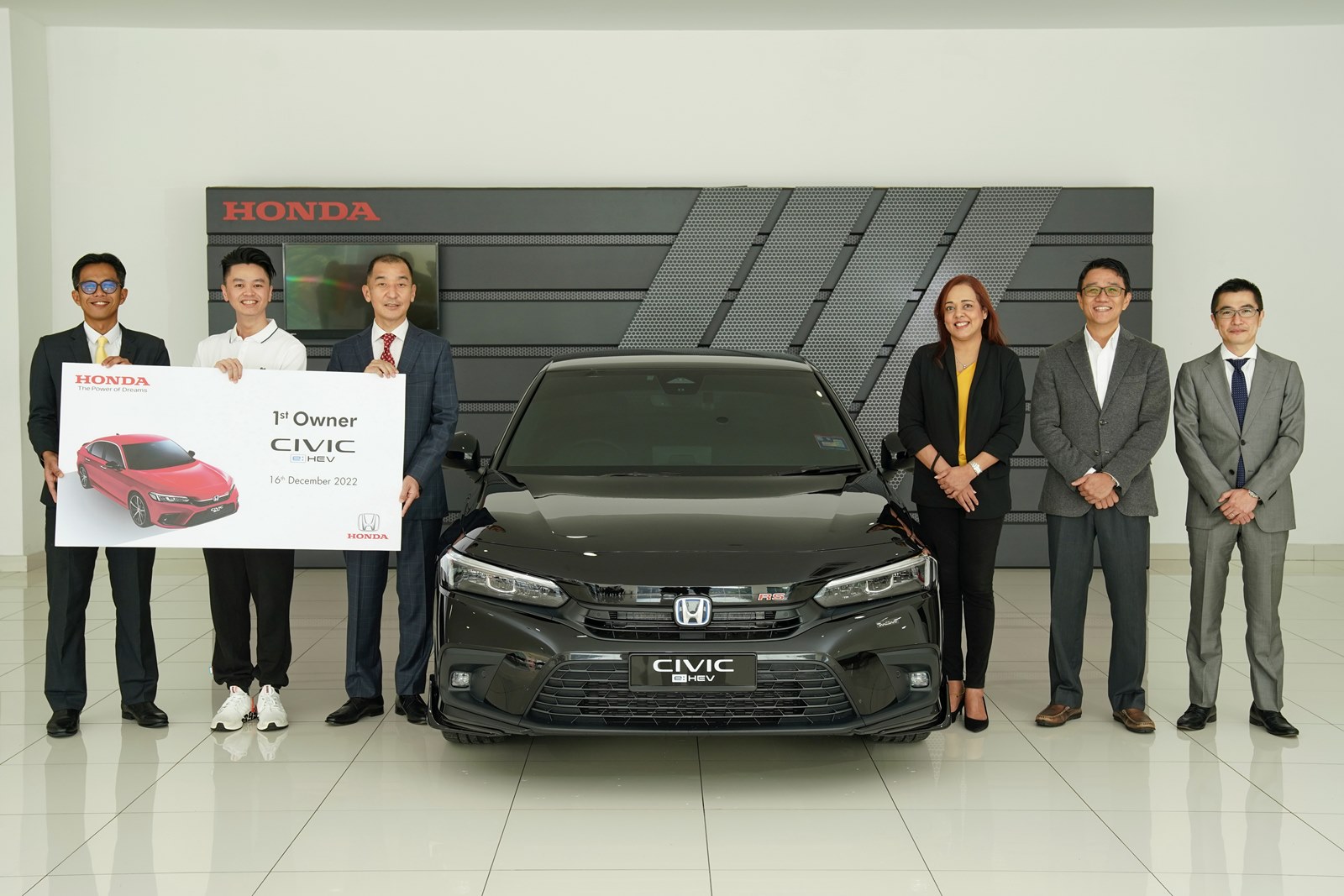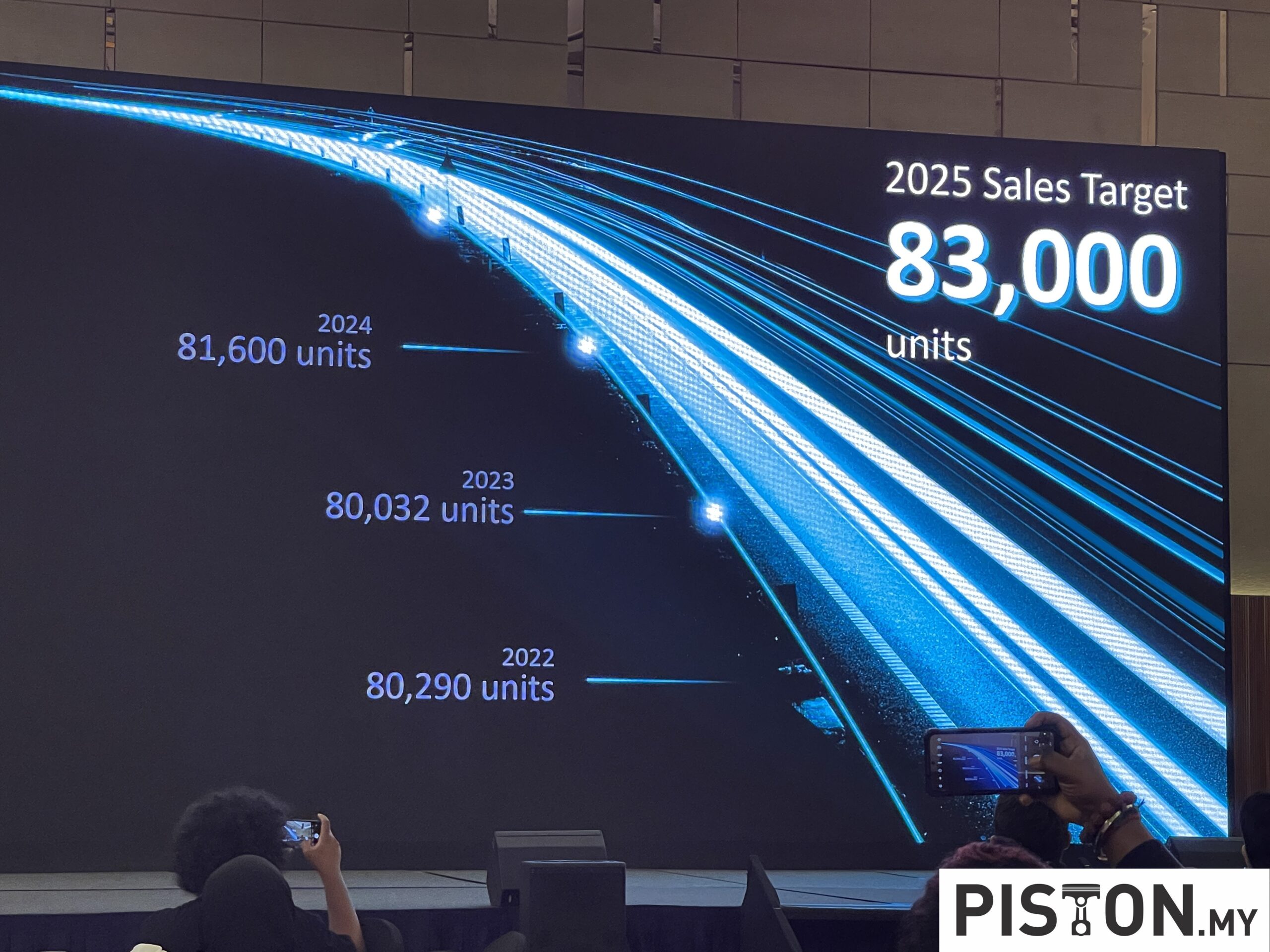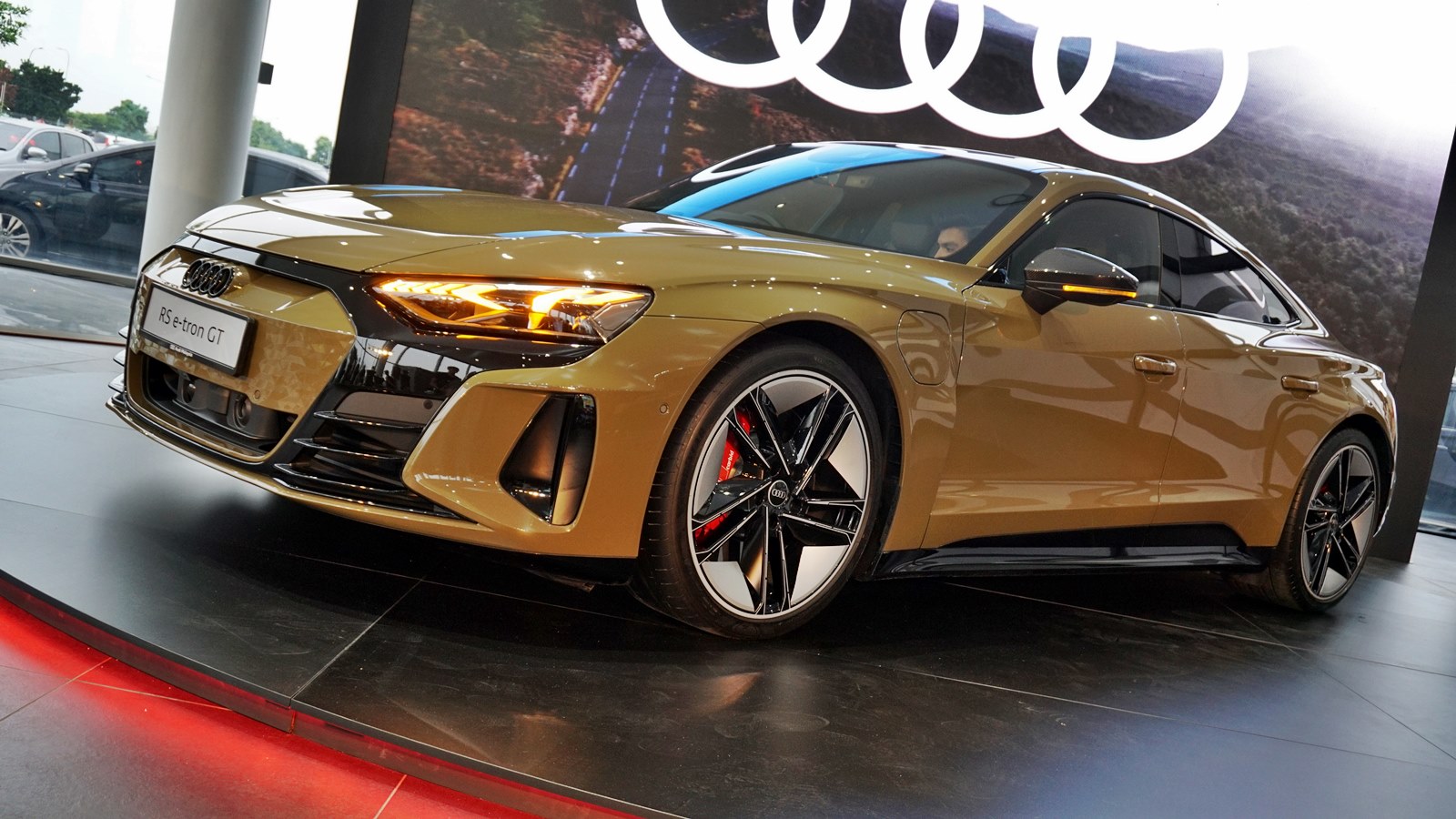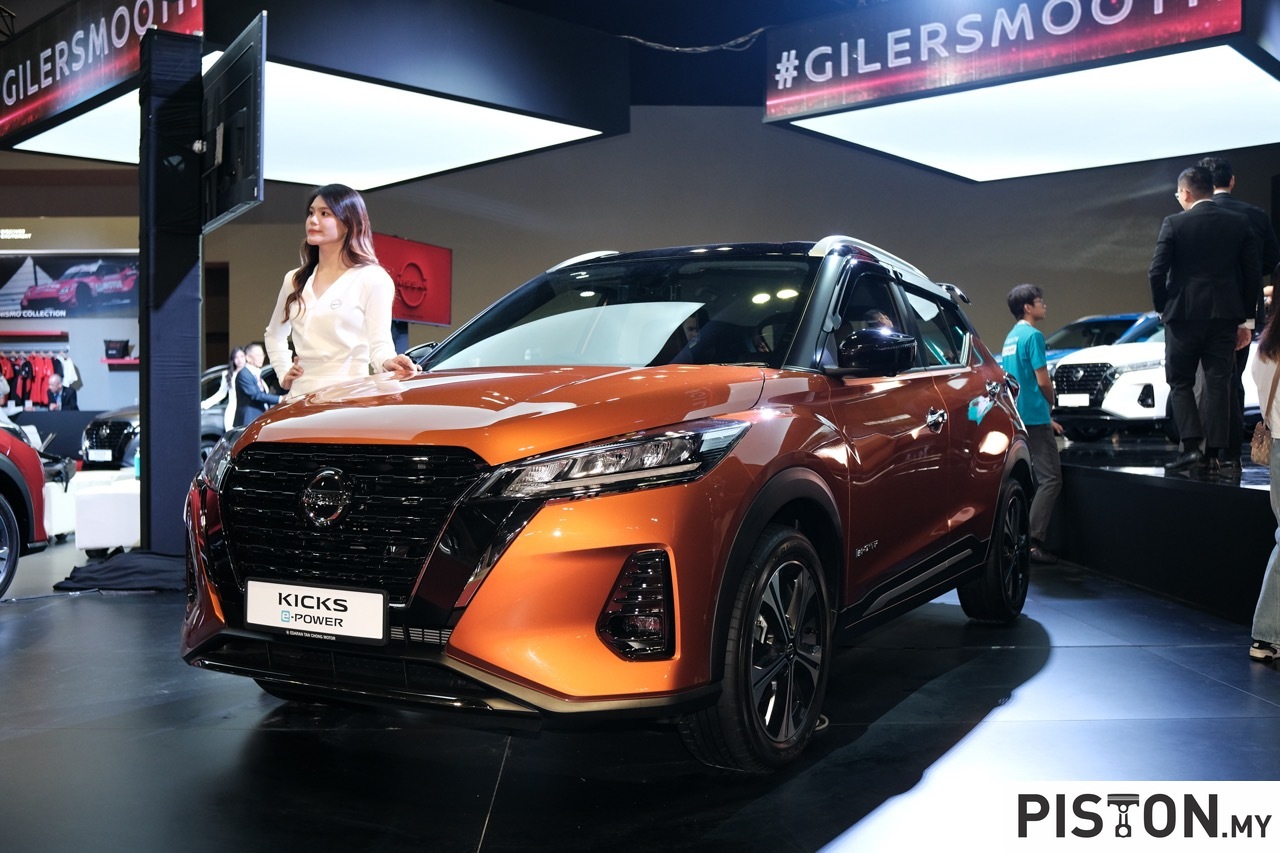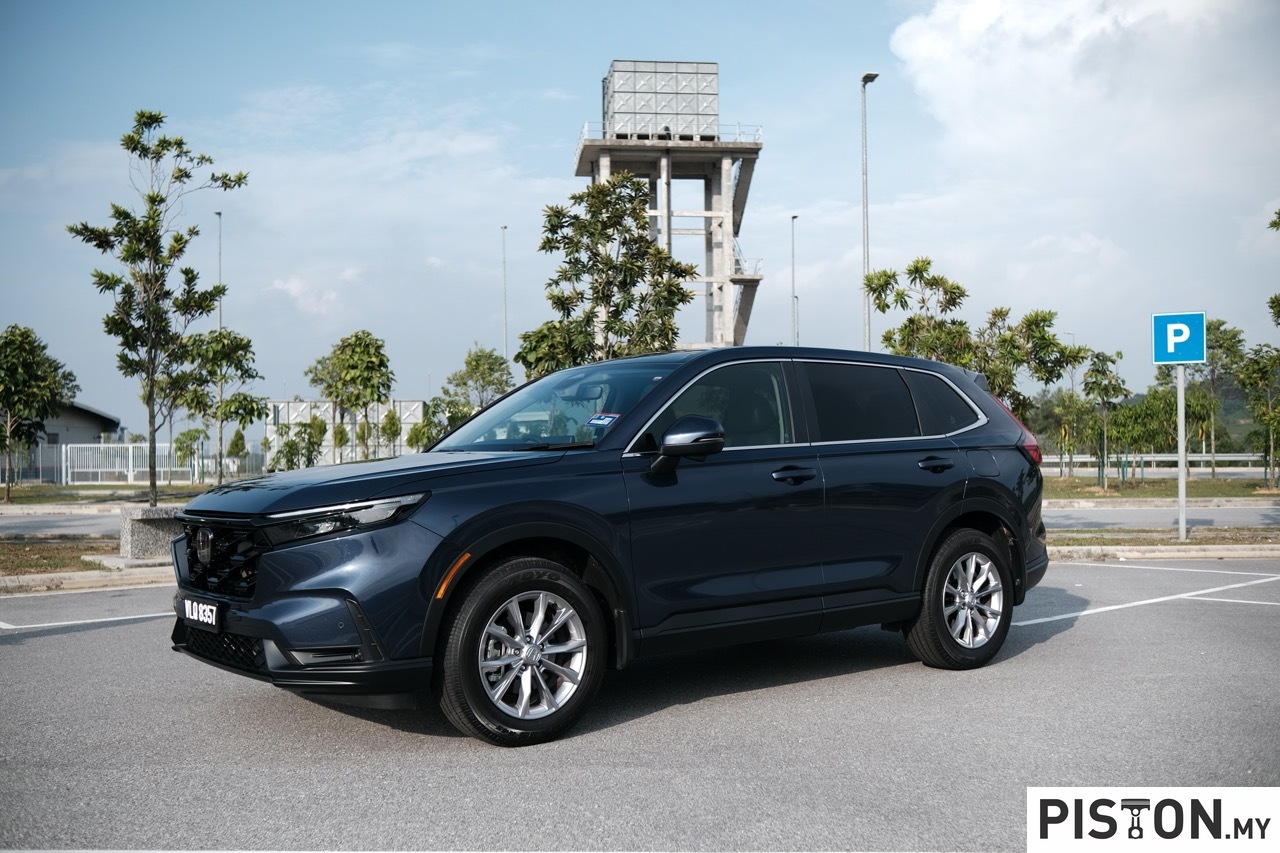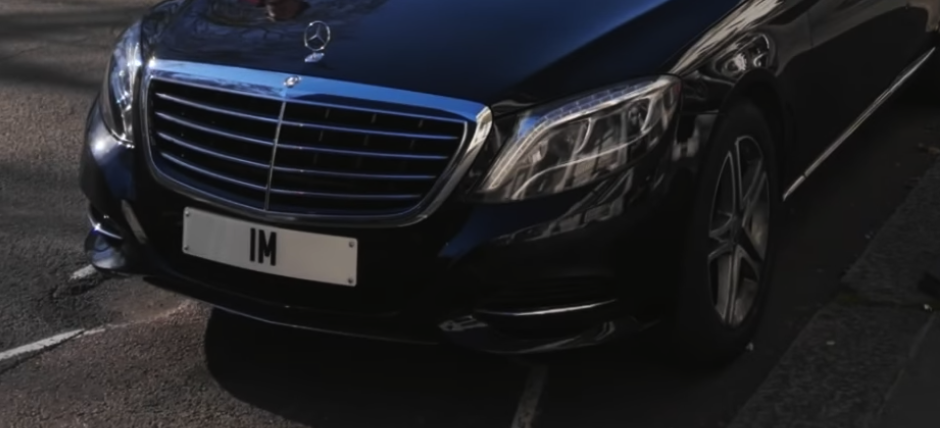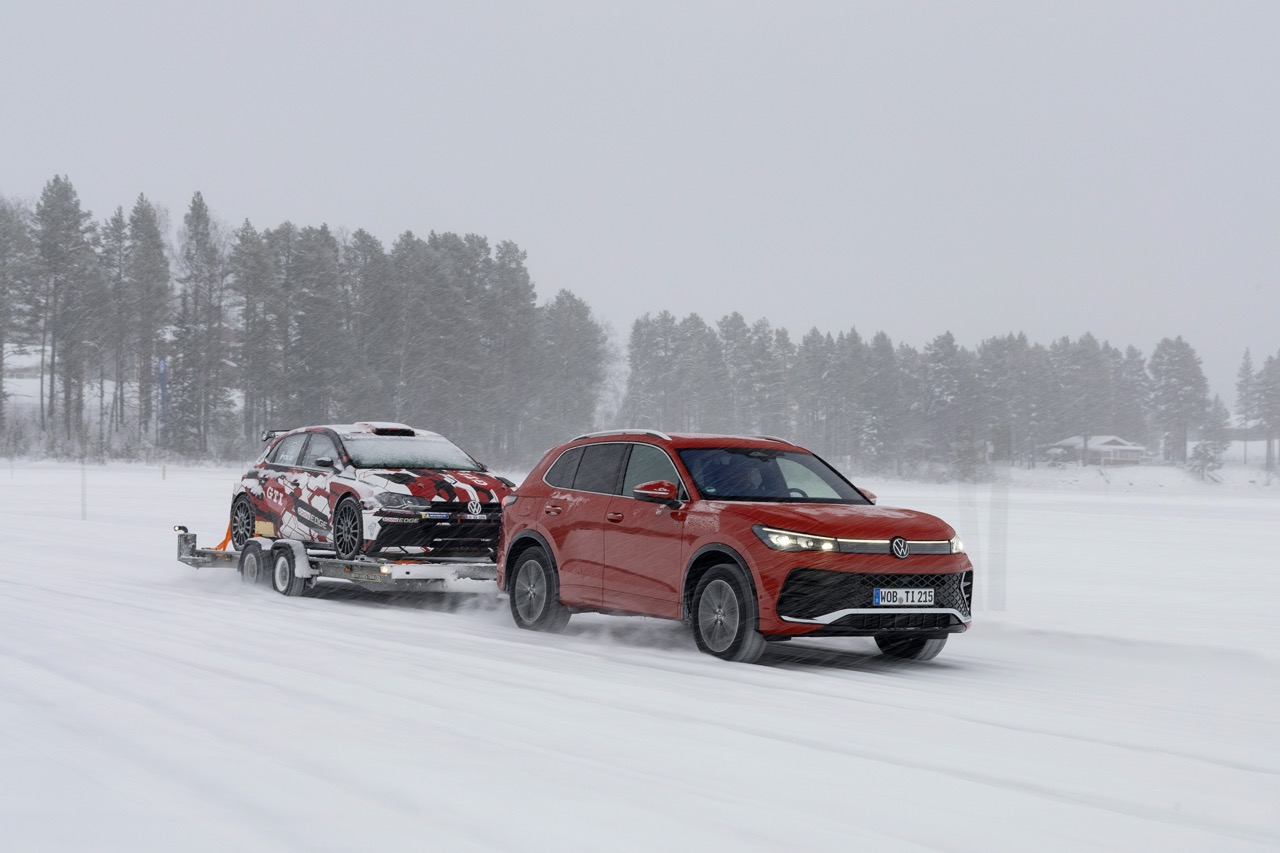Being able to develop electric vehicles (EVs) is a vital expertise for carmakers as the industry speeds towards electrification of its products. However, just as vehicles with internal combustion engines are useless without liquid fuel, EVs will not run without electricity. The electricity can come from various sources – even the sun – but what’s more important is being able to store the energy.
That’s where batteries come in and currently, there is much focus on the development of batteries for EVs, with the technology advancing very quickly. As we have seen with the shortage of microprocessors disrupting vehicle production globally, a shortage of batteries would also mean EVs cannot leave the factory, even if the vehicle is completed.
For this reason, the major carmakers have looked for ways to secure supply of batteries for coming years as demand for EVs increases rapidly. The biggest companies have established their own subsidiaries to develop and manufacture batteries, setting up factories around the world to ensure that different regions are covered.
(more…)











